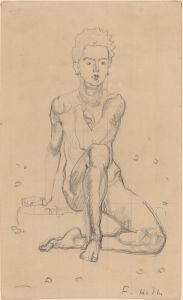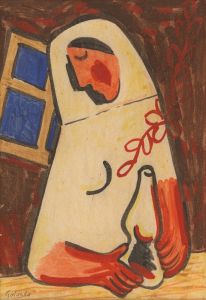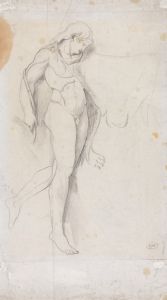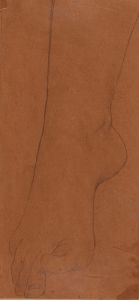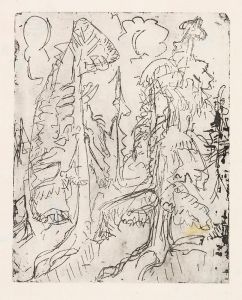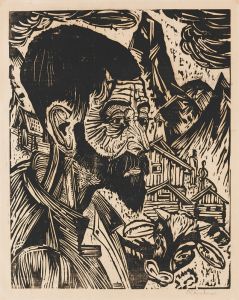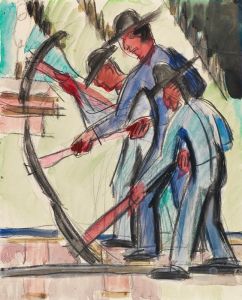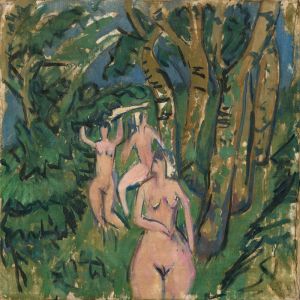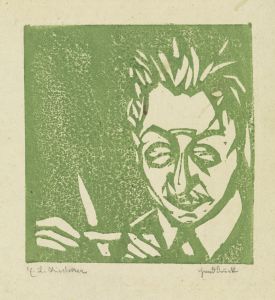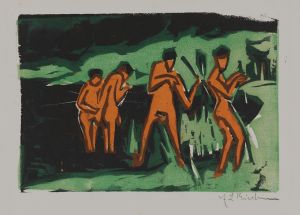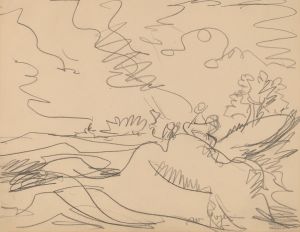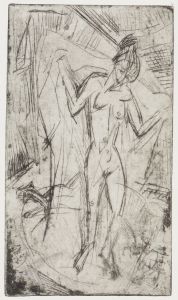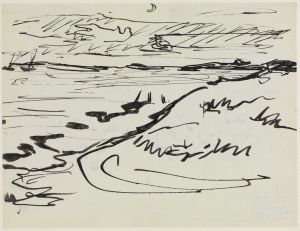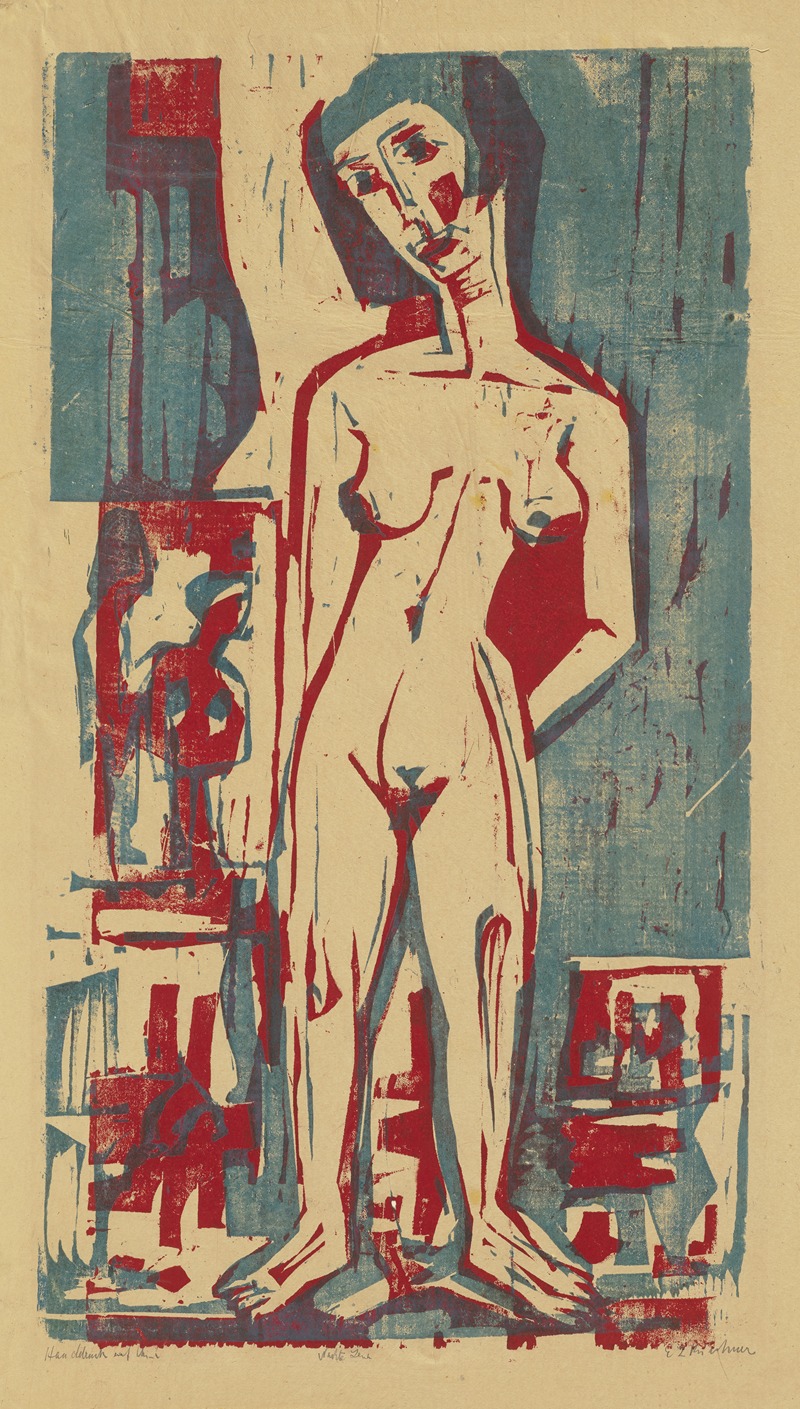
Nackte Lena
A hand-painted replica of Ernst Ludwig Kirchner’s masterpiece Nackte Lena, meticulously crafted by professional artists to capture the true essence of the original. Each piece is created with museum-quality canvas and rare mineral pigments, carefully painted by experienced artists with delicate brushstrokes and rich, layered colors to perfectly recreate the texture of the original artwork. Unlike machine-printed reproductions, this hand-painted version brings the painting to life, infused with the artist’s emotions and skill in every stroke. Whether for personal collection or home decoration, it instantly elevates the artistic atmosphere of any space.
Ernst Ludwig Kirchner was a prominent German expressionist painter and one of the founding members of the influential art group Die Brücke (The Bridge), which played a crucial role in the development of modern art in the early 20th century. Kirchner's work is characterized by its bold use of color, dynamic compositions, and a focus on the human figure, often exploring themes of modernity, urban life, and the human condition.
"Nackte Lena" (Nude Lena) is one of Kirchner's notable works, reflecting his interest in the human form and his distinctive expressionist style. Painted during a period when Kirchner was deeply involved with Die Brücke, the artwork exemplifies the group's ideals of breaking away from traditional academic art and embracing a more spontaneous, emotive approach.
The painting features a nude female figure, a common subject in Kirchner's oeuvre, as he frequently explored themes of nudity and the human body. His portrayal of the female form was often imbued with a sense of immediacy and raw emotion, achieved through his use of vivid colors and energetic brushwork. Kirchner's nudes are not merely studies of anatomy but are imbued with psychological depth, often reflecting the artist's own complex views on sexuality and modern life.
Kirchner's style in "Nackte Lena" is marked by its expressive use of line and color. The contours of the figure are bold and fluid, capturing a sense of movement and vitality. The color palette is typically vibrant, with contrasting hues that create a dynamic visual impact. This approach is indicative of Kirchner's broader artistic philosophy, which sought to convey the emotional and psychological states of his subjects rather than adhere to realistic representation.
The context in which "Nackte Lena" was created is also significant. During the early 20th century, artists like Kirchner were responding to rapid changes in society, including urbanization, technological advancements, and shifting social norms. The expressionist movement, with which Kirchner was closely associated, aimed to capture the anxieties and exhilarations of this modern world. In this sense, "Nackte Lena" can be seen as a reflection of the tensions and transformations of its time.
Kirchner's work, including "Nackte Lena," has been influential in the history of modern art. His exploration of form, color, and emotion paved the way for later developments in expressionism and other avant-garde movements. Despite facing personal and professional challenges, including the impact of World War I and the rise of the Nazi regime, which condemned his art as "degenerate," Kirchner's legacy endures. His paintings continue to be celebrated for their innovative approach and profound impact on the trajectory of 20th-century art.
In summary, "Nackte Lena" by Ernst Ludwig Kirchner is a quintessential example of expressionist art, reflecting the artist's unique style and the broader cultural currents of his time. Through its bold execution and emotive power, the painting remains a significant work in Kirchner's oeuvre and in the history of modern art.





